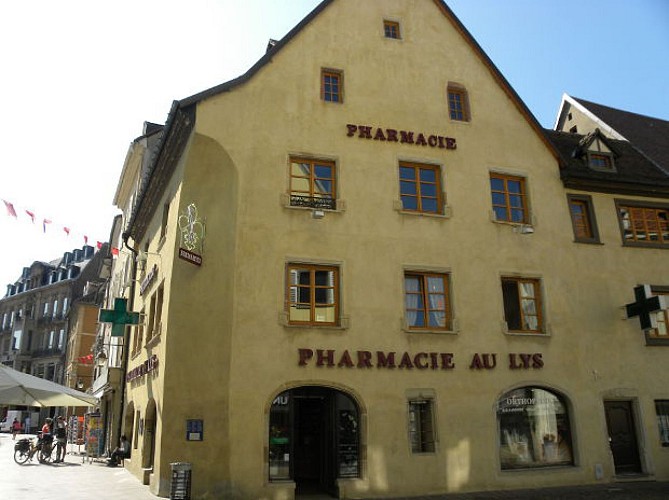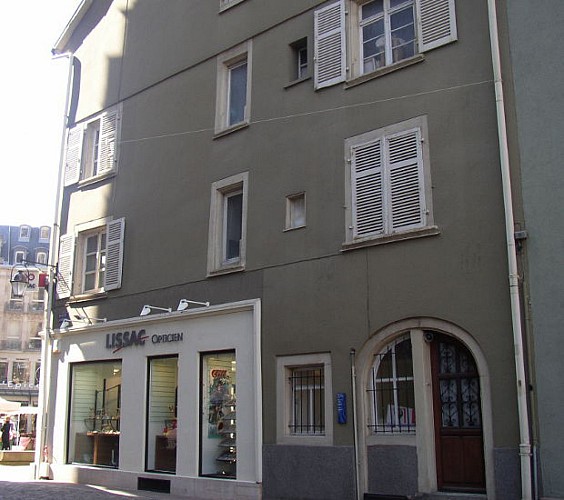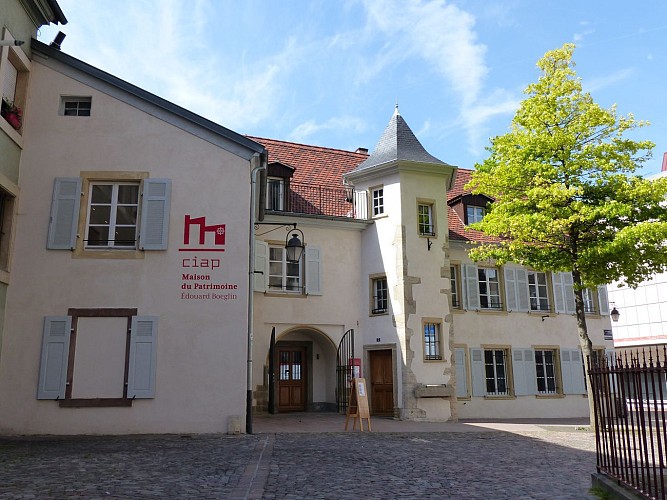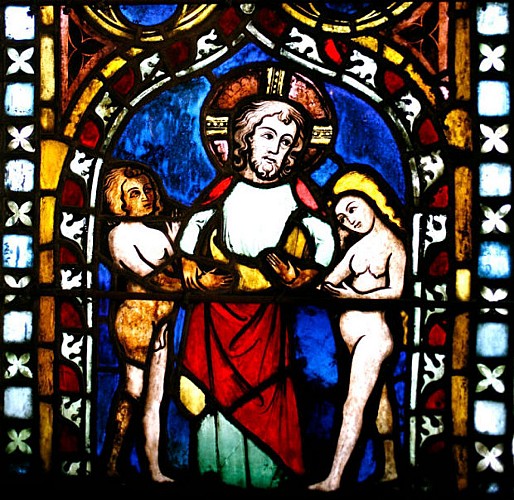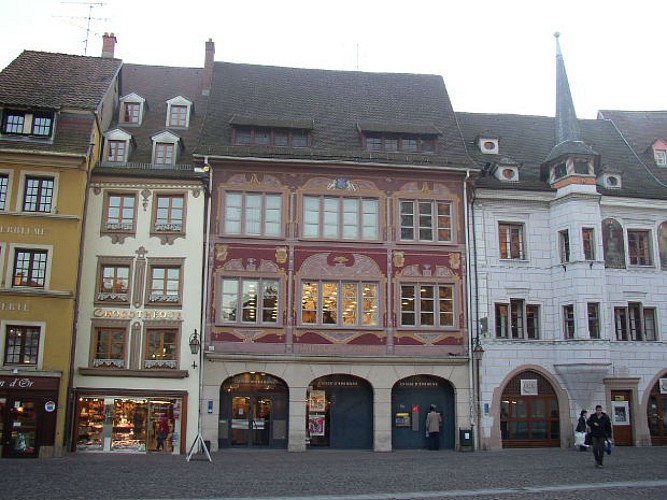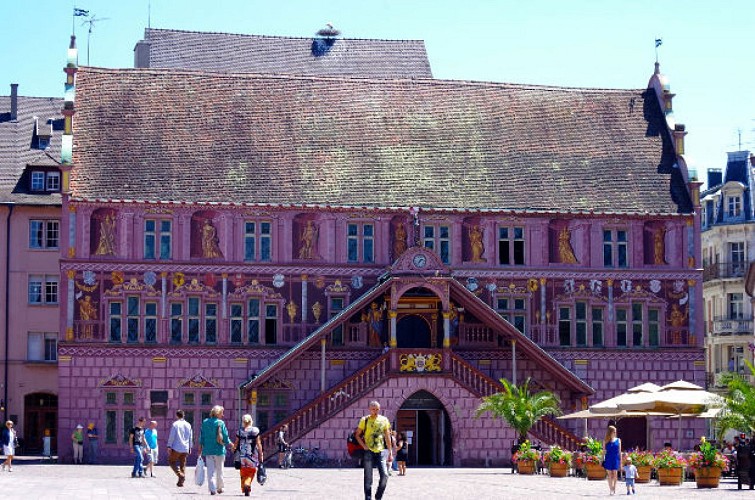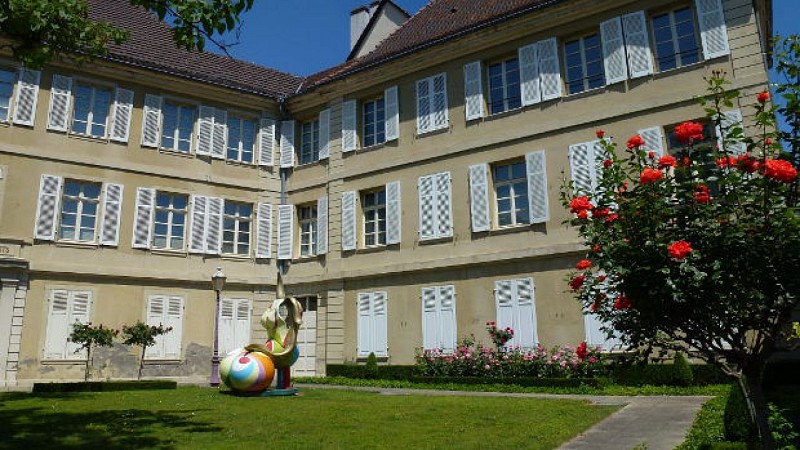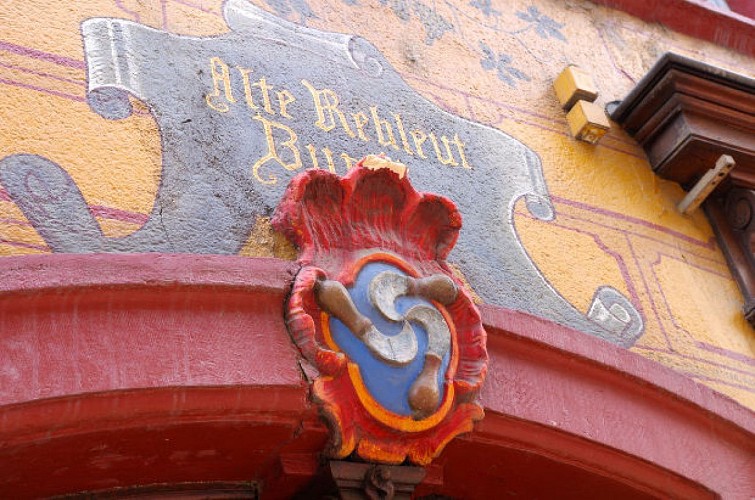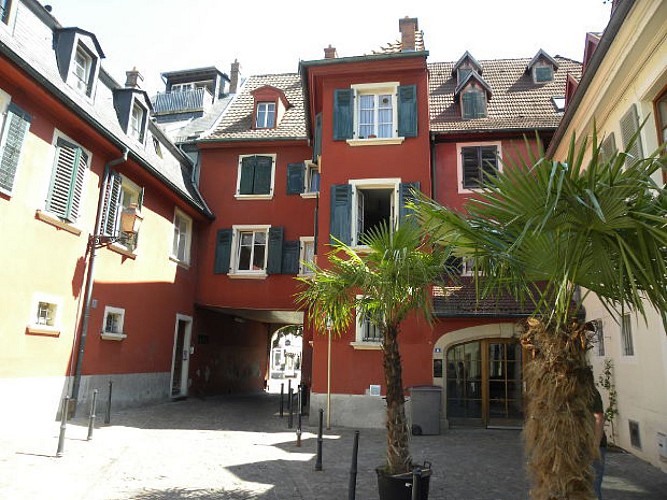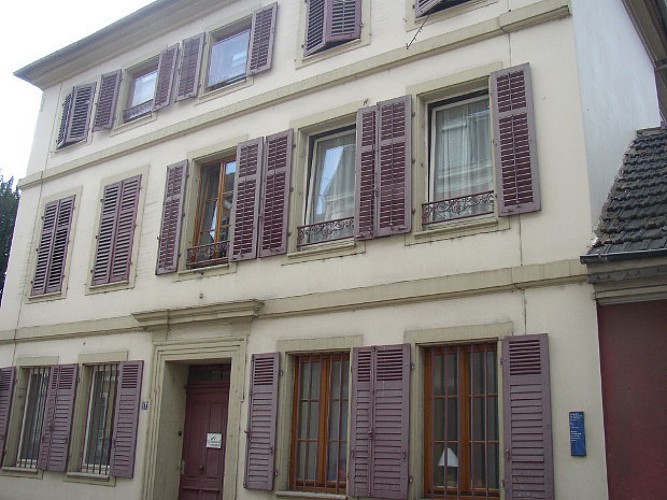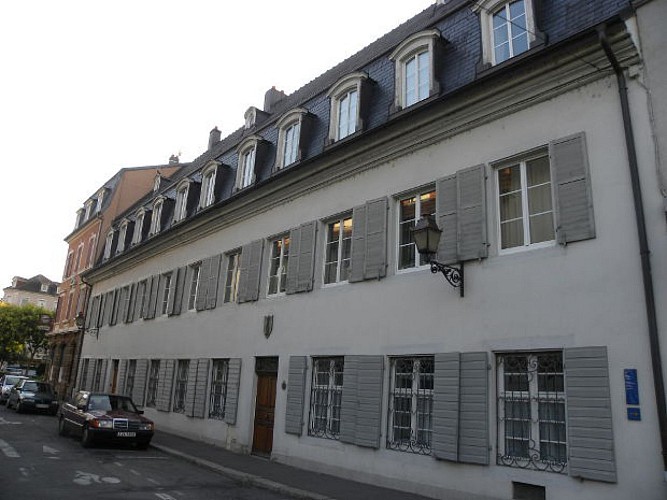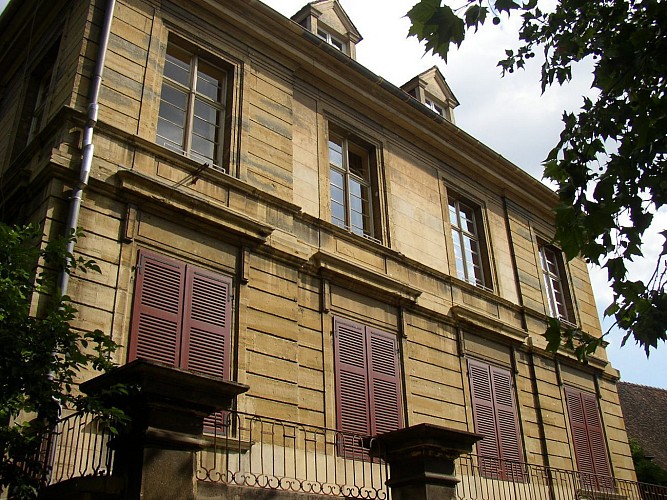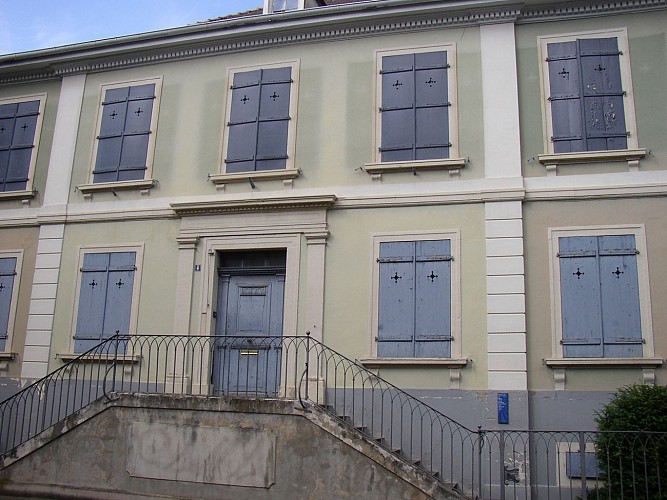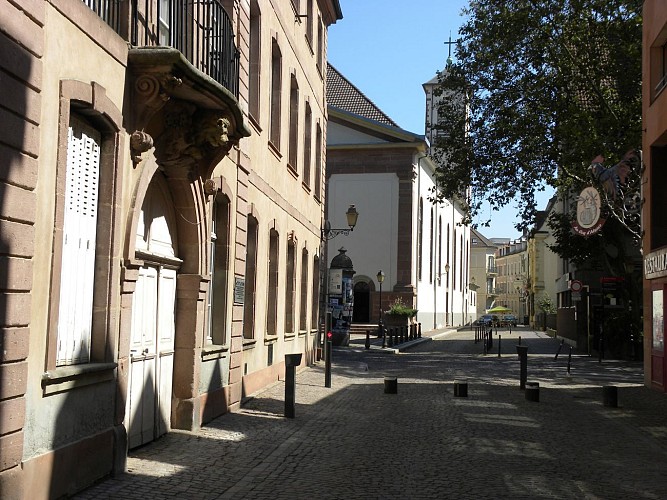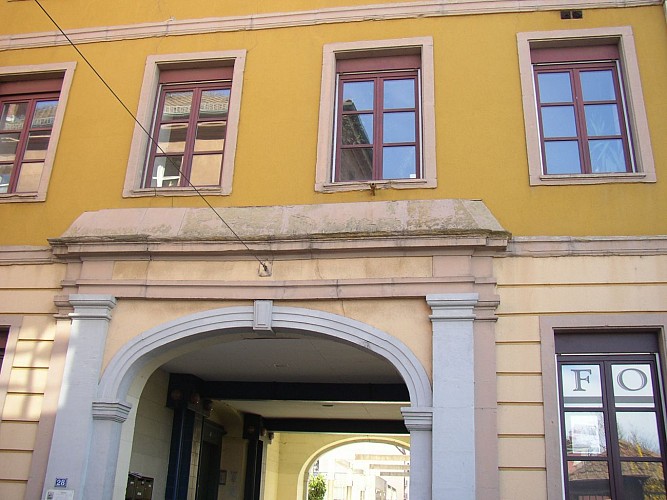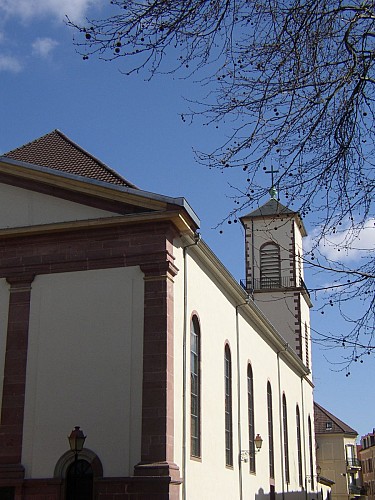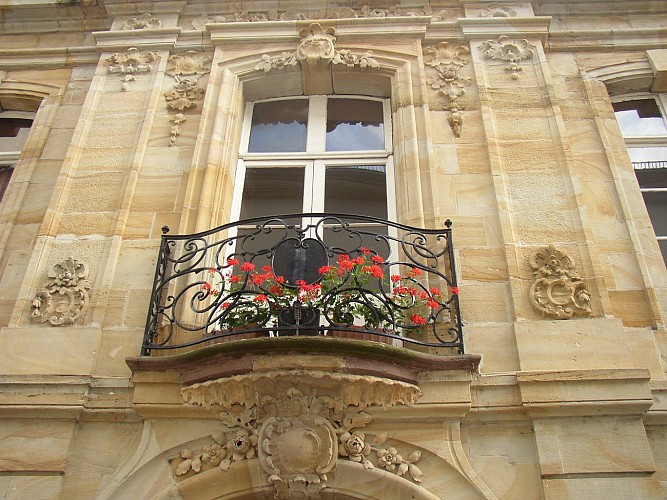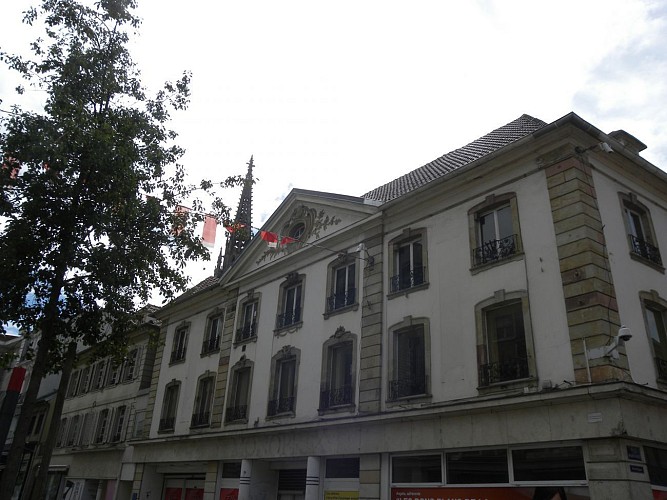Alert
Alerts
Type of practice
Walking
Very easy
1h30mn
Presentation
Description
Map
Points of interest
Ratings and reviews
See around
Old Mulhouse trail

Credit : OTC Mulhouse et sa région
IGN cards
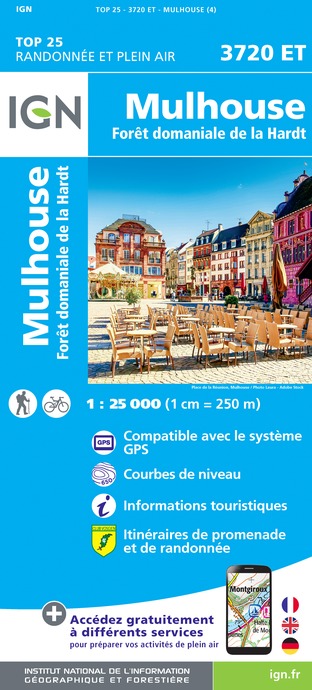
3720ET - MULHOUSE FORÊT DOMANIALE DE LA HARDT
Editor : IGN
Collection : TOP 25 ET SÉRIE BLEUE
Scale : 1:25 000
13.90€

VEL04 - L'ALSACE A VELO
Editor : IGN
Collection : DECOUVERTE A VELO
Scale : 1:110 000
9.10€
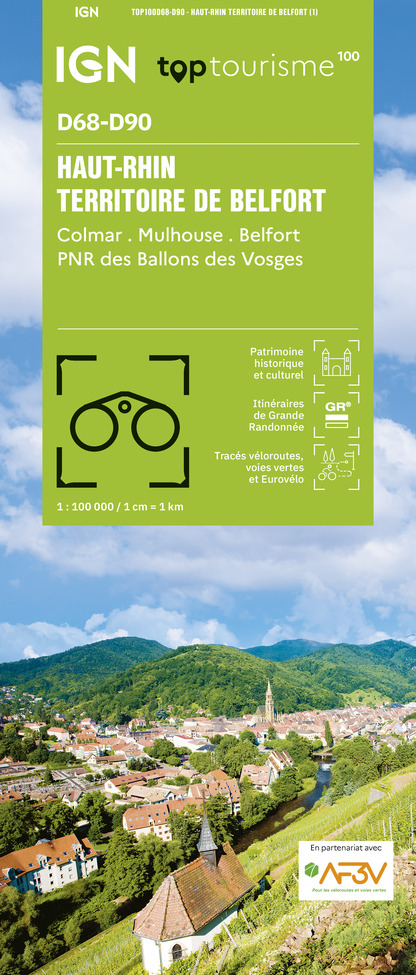
TOP100D68 - HAUT-RHIN TERRITOIRE DE BELFORT COLMAR MULHOUSE BELFORT PNR DES BALLONS DES VOSGES
Editor : IGN
Collection : TOP 100
Scale : 1:100 000
8.40€
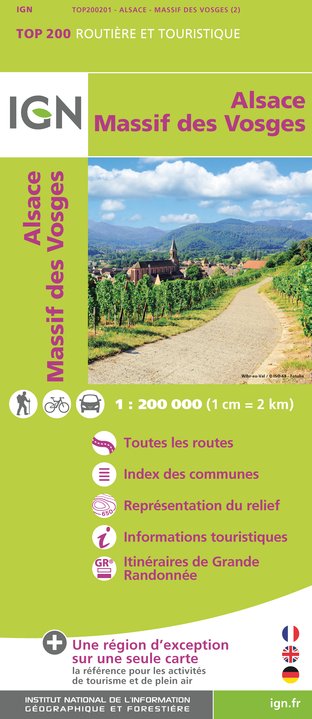
201 ALSACE MASSIF DES VOSGES
Editor : IGN
Collection : TOP 200
Scale : 1:200 000
6.80€
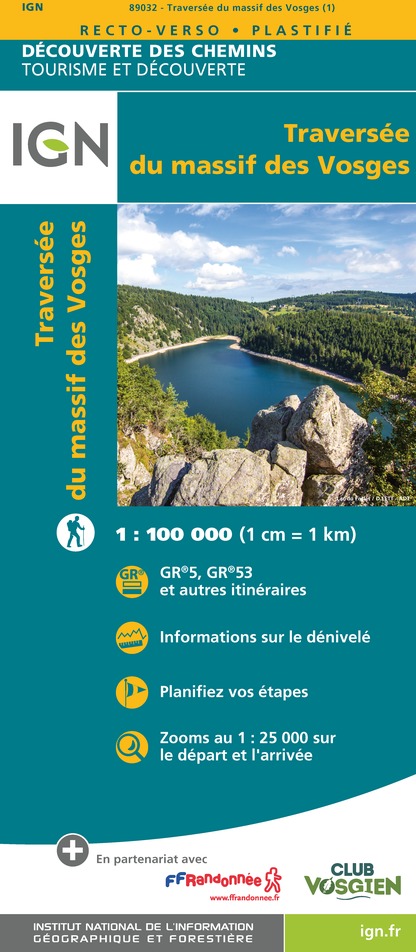
89032 - LA TRAVERSEE DES VOSGES
Editor : IGN
Collection : DECOUVERTE DES CHEMINS
Scale : 1:100 000
9.10€
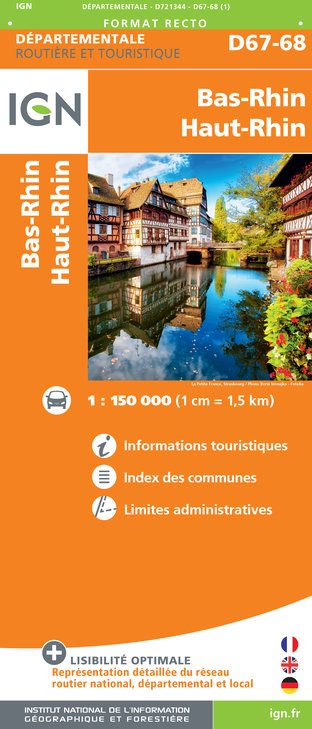
D67-68 BAS-RHIN HAUT-RHIN
Editor : IGN
Collection : CARTES DÉPARTEMENTALES IGN
Scale : 1:150 000
5.90€

D70-88-90 HAUTE-SAÔNE VOSGES TERRITOIRE DE BELFORT
Editor : IGN
Collection : CARTES DÉPARTEMENTALES IGN
Scale : 1:150 000
5.90€
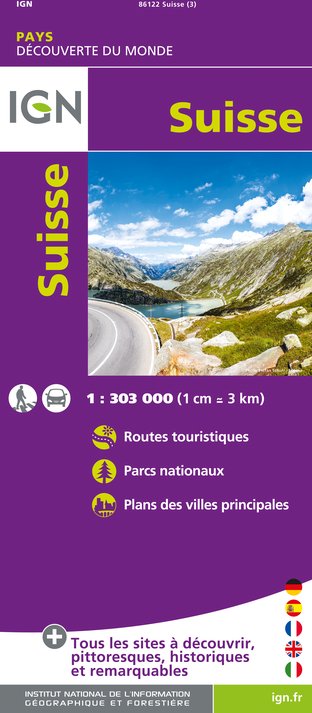
SUISSE
Editor : IGN
Collection : DÉCOUVERTE DES PAYS DU MONDE IGN
Scale : 1:303 000
7.00€
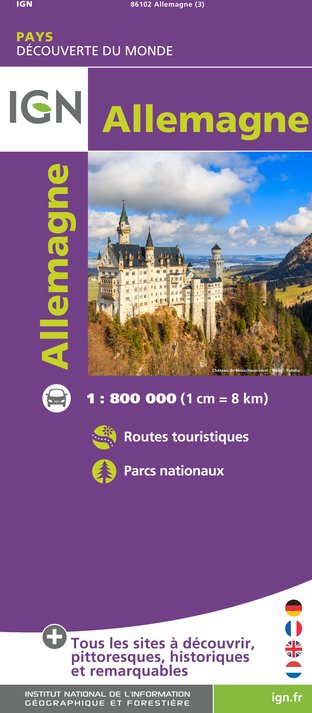
ALLEMAGNE
Editor : IGN
Collection : DÉCOUVERTE DES PAYS DU MONDE IGN
Scale : 1:800 000
7.00€

EUROPE
Editor : IGN
Collection : DÉCOUVERTE DES PAYS DU MONDE IGN
Scale : 1:2 500 000
7.00€
Description
Discover the historic Mulhouse thanks to this trail! You will admire the most beautiful old buildings in the town centre.
In about 1 hour, you will stroll through the medieval alleys observing the houses that have marked the history of the city...
Technical Information
Walking
Difficulty
Very easy
Duration
1h30mn
(1d)
Dist.
2.4 km
Type of practice
Walking
Very easy
1h30mn
Show more
Altimetric profile
Starting point
8
Place de la Réunion
,
68100
Mulhouse
Lat : 47.74715Lng : 7.3385
Points of interest
Data author
Ratings and reviews
To see around
